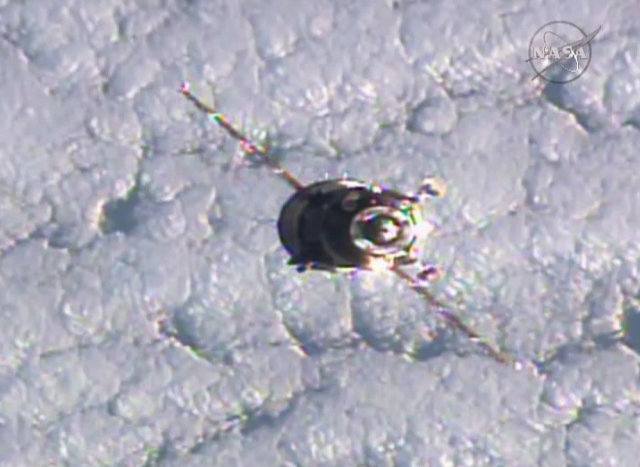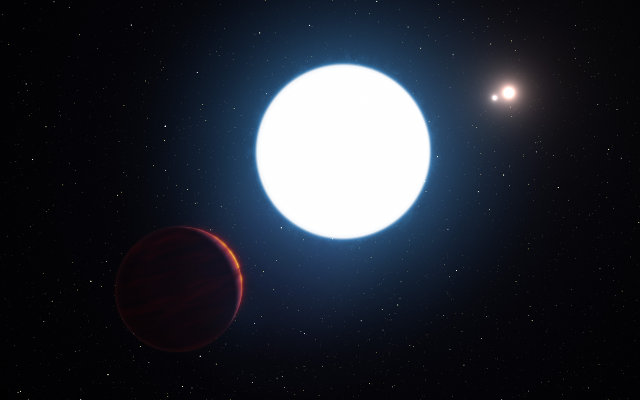
Maybe Mars’ moons were born following a cosmic impact
An article published in the journal “Nature Geoscience” describes a research conducted by scientists from Université Paris Diderot and Royal Observatory of Belgium, in collaboration with the CNRS, Université de Rennes 1 and the Japanese Institute ELSI on Deimos and Phobos, Mars moons, which supports the theory of an ancient impact as their origin. It’s complementary to another, independent, led by scientists of the French space agency CNRS and Aix-Marseille Université whose results will be published in “The Astrophysical Journal”.





